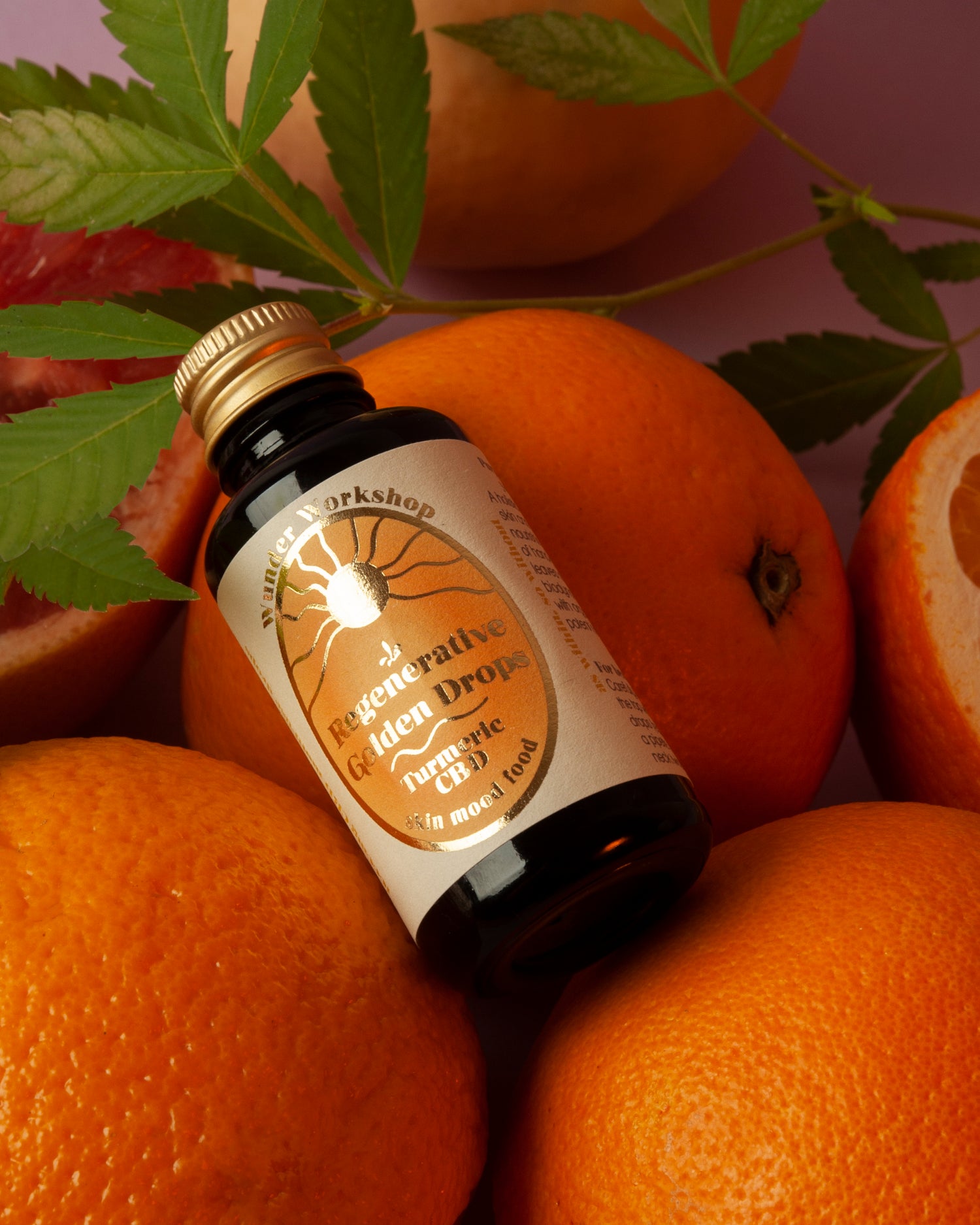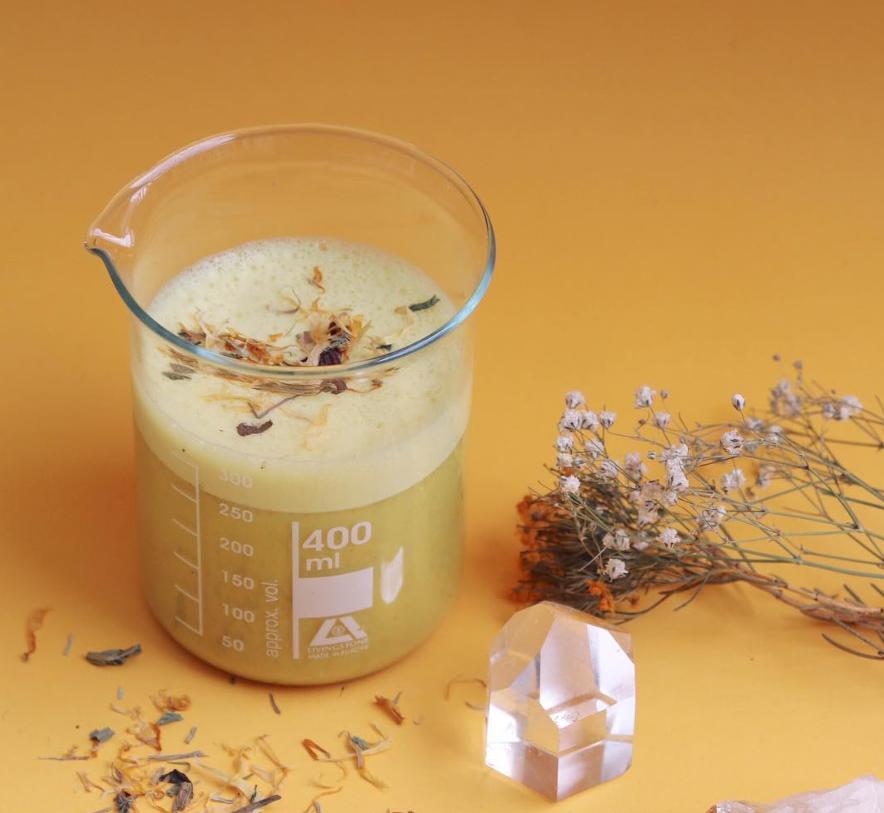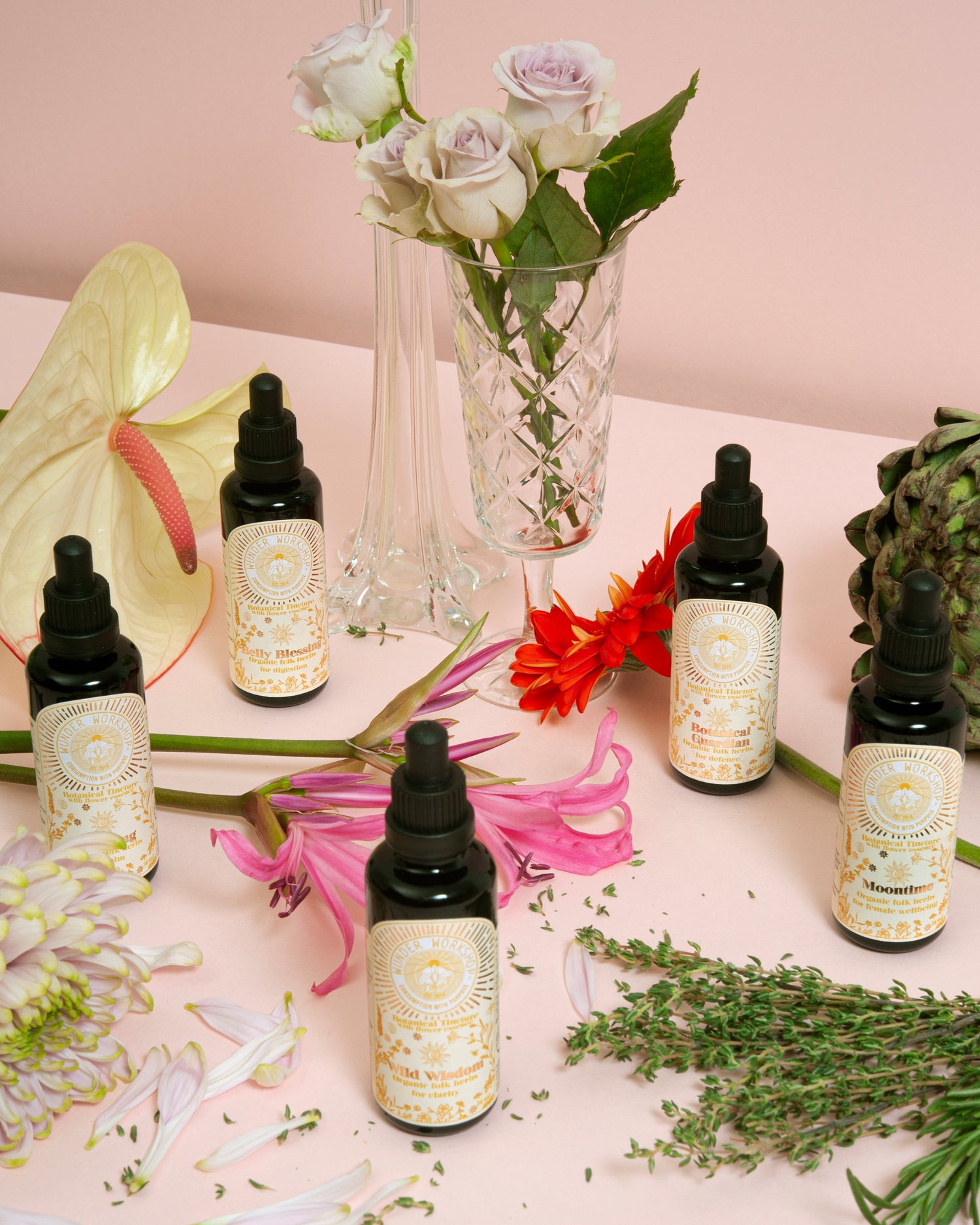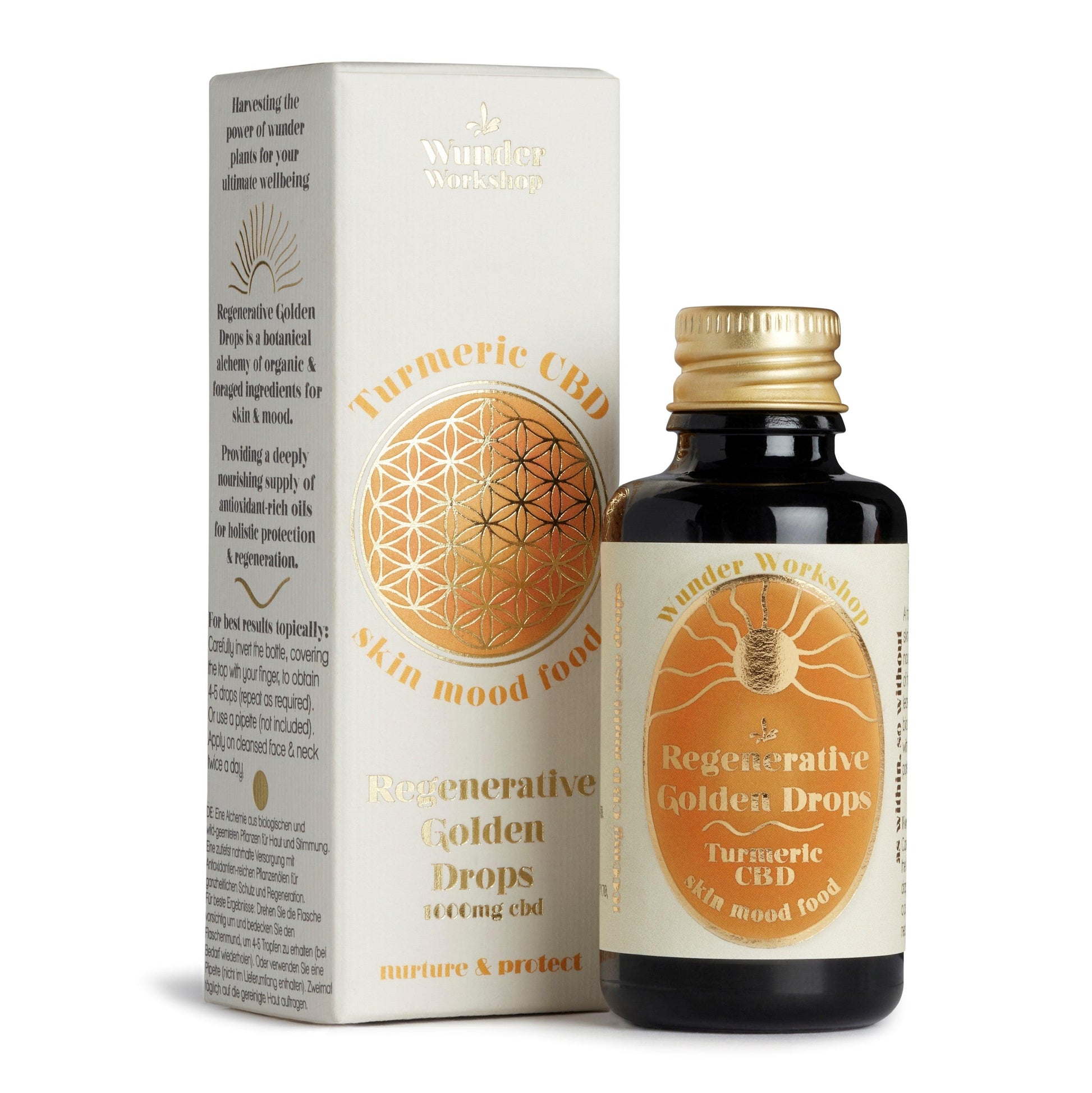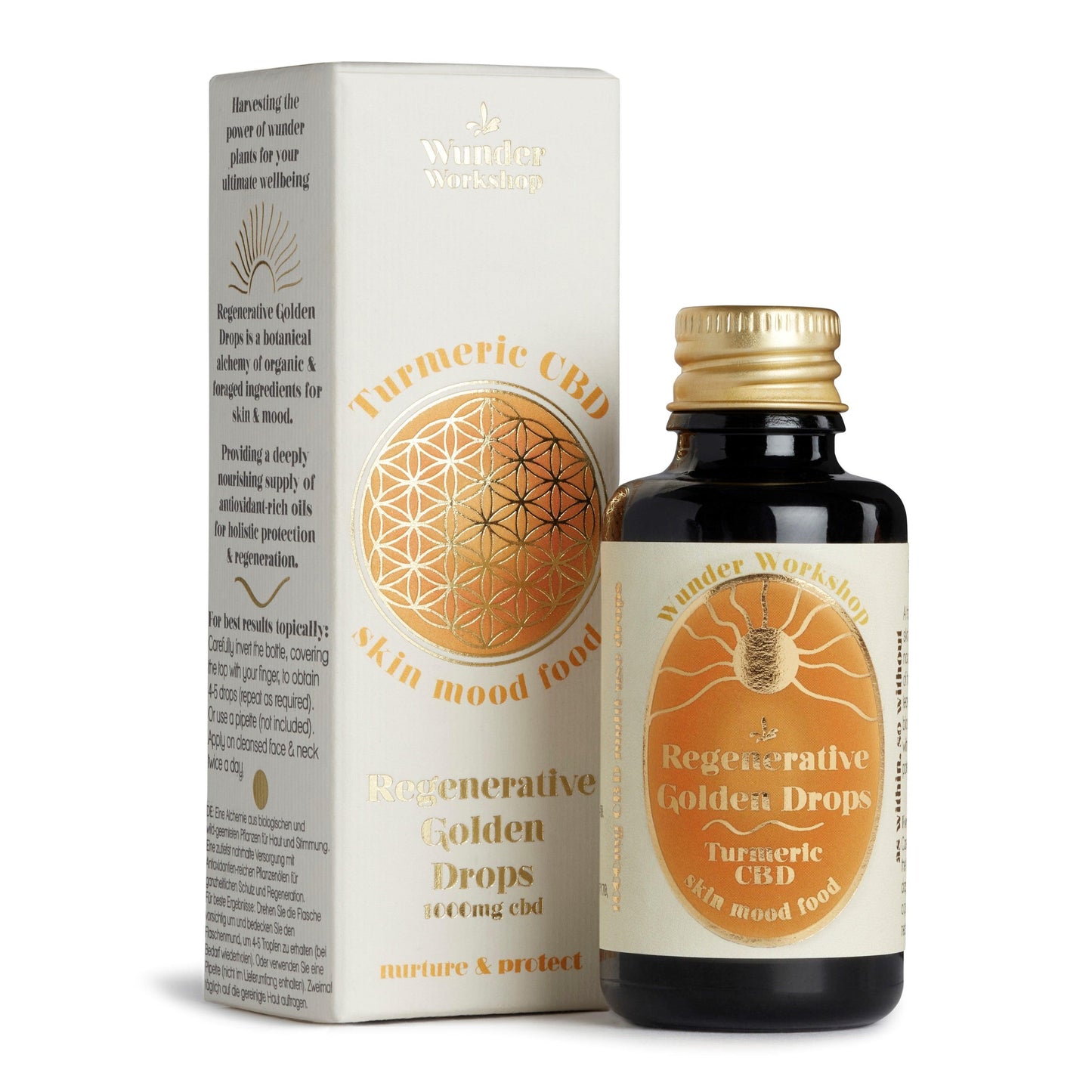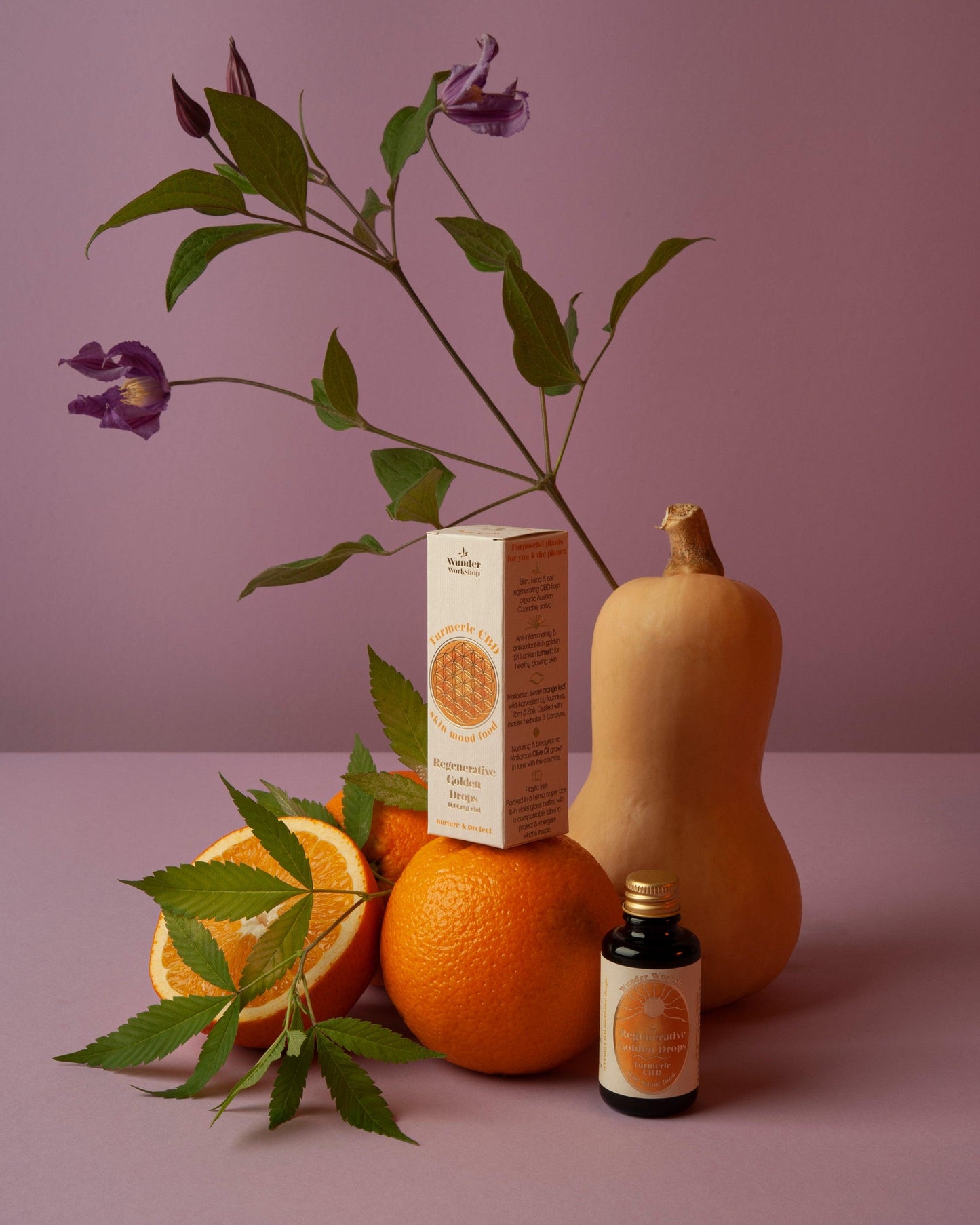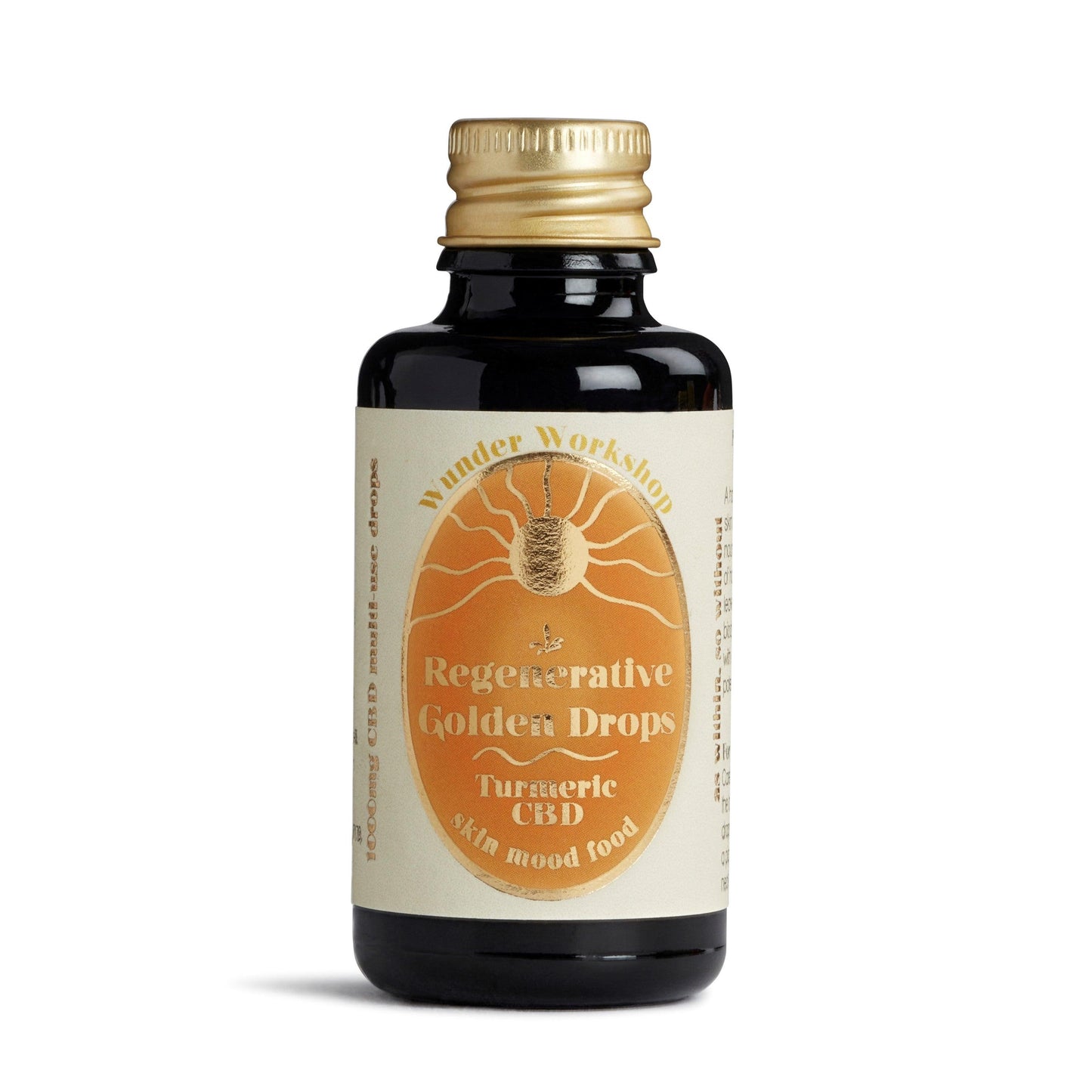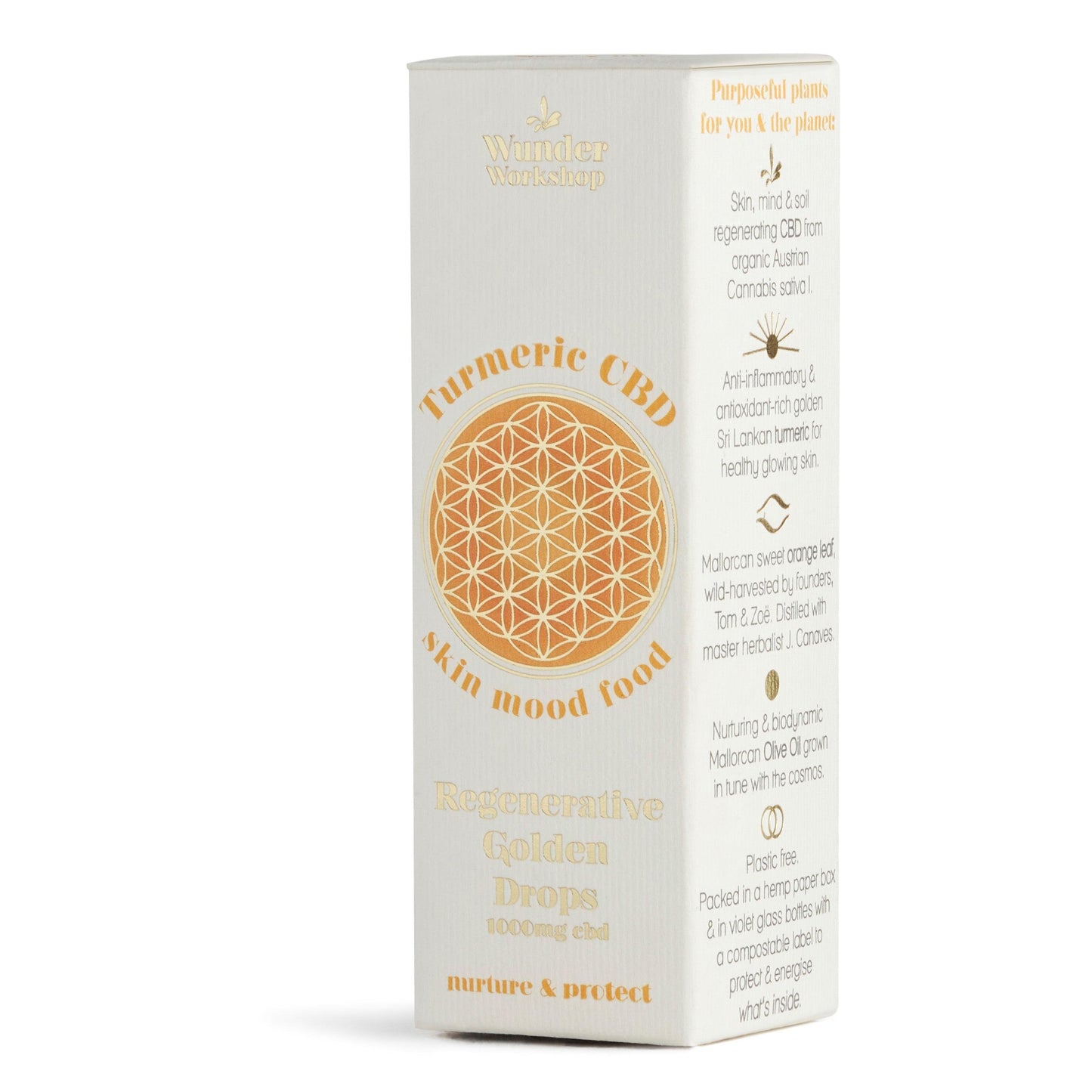The dried stigmas of the Saffron crocus (Crocus sativus L.) are renowned in ancient and modern herbal medicine though some doubts remain on its origin, it is believed that saffron originated in Iran (Persia).
The word “saffron” stems from the Latin word safranum constructed from the 12th-century Old French term safran. The French had borrowed this word from Arabic زَعْفَرَان (za'farān), and ultimately from Persian زرپران (zarparān) which literally means "golden leaves".
These saffron stigmas are meticulously plucked from the delicate flowers of the purple perennial herb from the Iridaceae family. It is a skill for those with nimble fingers and requires the utmost attention. Understanding how saffron is cultivated and the delicate threads harvested sheds light to exactly why it is the world’s most exquisite and expensive spice.
Saffron is renowned for its vibrant colour, however, “red gold” is much more than a wonderful yellow colouring agent. There are a number of powerful bio-active compounds identified to produce a plethora of health benefits and lift our emotional state. Three of the most important compounds are Safranal, Picrocrocin and Crocin, which all contribute to the sensory experience of saffron: Crocin is a carotenoid responsible for the characteristic colour, Picrocrocin for its taste and Safranal the enchanting aroma.
The higher levels of all of these compounds (among others) contribute to the highest quality saffron. The Golden Saffron that Wunder Workshop sources from Afghanistan has its own ISO-3632-1 standard to recognise the superior levels of these bio-active compounds. [1]
Saffron’s mystique and use as a medicinal plant dates back thousands of years, with early paintings found as early as 2300 BC in ancient Persia and Greece. The spice holds many health benefits that are worthy to make it part of your ultimate wellness rituals.
Glow by Day:
The most intriguing benefit of saffron relate to the herb’s powerful mood lifting properties. Research shows similar levels of potency to that of selective serotonin reuptake inhibitors (SSRIs) which work by increasing the natural levels of feel-good hormone serotonin in our brain signalling pathways. Anti-depressants that work in this way produce a powerful effect to improve feelings of wellbeing and happiness in clinical cases.
For most of us, our bodies will do this for us naturally stabilising our mood throughout the day to maintain our wellbeing. But with time increasingly spent indoors and away from natural triggers like sunlight and companionship it may be worth supplementing your diet with saffron to ensure your mood is not affected negatively.
Studies show Saffron’s ability to elevate moods stems from a multi-faceted approach: crocin acts by inhibiting the reuptake of dopamine and norepinephrine neurotransmitters, while safranal inhibits the reuptake of serotonin [2]. It’s efficacy rivals common anti-depressants such as Xanax and Fluoxetine (Prozac) [3].
With feelings of ease and happiness studies suggest that our memory and learning ability improve dramatically. Studies also support Saffron’s ability to improve memory and learning not just through relaxation but also the biological activity at our hippocampus, the area of our brain that consolidates information into short and long-term memory [4].
Saffron is excellent at promoting overall brain health by preventing inflammation, it is also a simple addition to drinks and when cooking, making this one of the most accessible wellness rituals to benefit from.
Glow by Night:
It is said that Cleopatra would bathe in saffron with milk before meeting hers suitors to increase arousal, pleasure and for its cosmetic benefits [5]. The Aphrodisiac effects of saffron are renowned and more recently backed up by scientific research.
Saffron can get us in the mood, but it can also improve performance in the bedroom stimulating both men and women. Studies show that regular supplementation with saffron increases arousal levels to boost our libido, improve sperm count and increased lubrication [6].
Given the wide-ranging benefits to both day and night, what’s not to love? Plus, the versatility and simplicity of this spice makes it a staple in the kitchen. Just a pinch a day is all you need to perk up all occasions.
Research and words by Tom Smale, Pharmacologist and Co-founder of Wunder Workshop.
Shop Wunder Workshop's Afghan Saffron.
References
| [1] | I. O. f. S. (ISO), "ISO-3632-1 Saffron, (Crocus sativus L.) Part 1 (Specification) and Part 2 (Test Methods)," ISO, Geneva, Switzerland, 2011. |
| [2] | M. J. Bagur, G. L. Salinas, A. M. Jiménez-Monreal, S. Chaouqi, S. Llorens, M. Martínez-Tomé and G. L. Alonso, "Saffron: An Old Medicinal Plant and a Potential Novel Functional Food," Molecules, vol. 23, no. 30, pp. 1-21, 2018. |
| [3] | N. e. a. Shamanzouri, "A randomized, double-blind, clinical trial comparing the efficacy and safety of Crocus sativus L. with fluoxetine for improving mild to moderate depression in post percutaneous coronary intervention patients.," Journal of Affective Disorders, vol. 155, pp. 216-222, 2014. |
| [4] | K. Abe, M. Sugiura, Y. Shoyama and H. Saito, "Crocin antagonizes ethanol inhibition of NMDA receptor-mediated responses in rat hippocampal neurons.," Brain Res., vol. 787, pp. 132-138, 1998. |
| [5] | P. Willard, Secrets of Saffron: The vagabond life of the world's most seductive spice., Beacon Press, 2002. |
| [6] | L. e. a. Kashani, "Saffron for treatment of fluoxetine-induced sexual dysfunction in women: randomized double-blind placebo-controlled study," Human Psychopharmacology, vol. 28, no. 1, pp. 54-60, 2013. |



